Closed Kinetic Chain Exercise
Closed kinetic chain exercises are a type of physical exercise in which the distal segment of the body, such as the foot or hand, is fixed or in contact with a solid surface while the proximal segments move. These exercises are typically weight-bearing and involve multiple joints working together in a coordinated manner.
In closed kinetic chain exercises, the forces generated by the body are transmitted through the kinetic chain, from the distal segment to the proximal segment. This type of exercise is often contrasted with open kinetic chain exercises, where the distal segment is free to move in space.
What is a Kinetic chain movement?
An engineering concept used to represent human movement is the kinetic chain, often known as the kinematic chain. It is employed in a wide range of clinical situations, such as musculoskeletal, sports medicine, neuro-rehabilitation, prostheses, and introduction to orthotics.
Franz Reuleaux, a mechanical engineer, first proposed the idea in 1875. He suggested that joints connect rigid, overlapping the segments, creating a system where movement at one joint causes or impacts movement at another joint in the kinetic link.
Reuleaux’s hypothesis was modified in 1995 by Dr. Arthur Steindler by taking into account exercise, sport-specific activity patterns, and an examination of human movement. He suggested that we should consider the extremities to be challenging, as opposed to flexible, overlapping portions in sequence.
According to his definition, the kinetic chain is “a combination of several consecutively arranged joints creating a complex motor unit.” It is possible for this chain or series to be closed or open.
What is a closed kinetic chain?
A closed kinetic chain exercise occurs when the distal component encounters “considerable” external resistance that limits unrestricted movement.
As a result, neither the proximal nor the distal parts can move in this arrangement.
Unfortunately, Steindler’s initial definition of “considerable” lacked a numerical value, which caused misunderstandings and problems over what actually qualifies as a true closed kinetic chain movement.
Except during isometric workouts, true closed kinetic chain movement patterns never occur in the extremities when there is no motion. As compared to this, in clinical practice “resistance is placed through the distal aspect of the extremity and remains fixed.”
The standing squat is the finest illustration of this since the feet stay firmly planted and the surface encounters significant resistance from the athlete’s body weight or additional weight. Due to its built-in functional stimulation, closed kinetic chain exercises have been used more and more in rehabilitation programs for more than 20 years.
Exercises using closed kinetic chains features:
Using the standing squat as an example:
As a result of axial joint loading, the tibiofemoral joint experiences a linear stress distribution.
The hip, knee, ankle (talocrural), and subtalar joints all include multiple joints and multiple-joint axes that allow for movement.
In order to stabilize and regulate the motions throughout the chain’s joints, an increase in muscle co-contraction is needed at both segments, where simultaneous movement occurs.
Both portions experience simultaneous movement. It takes more movement throughout the chain’s joints and more muscle co-contraction to stabilize and regulate the simultaneous segmental movement.
Closed kinetic chain exercises include the following characteristics:
- linear patterns of stress
- Multiple joints and multi-joint axis moving together
- Mobility of many segments at once
- Support with joint stabilization
In order to stabilize and regulate movement across many joints, more muscles must contract at the same time as more segments are in motion.
If the feet are firmly planted on the ground during a squat, the rest of the leg chain, including the ankles, knees, and hips, will move towards the fixed end of the extremity, the feet, as the body lowers into the squatting posture.
The distal end of an extremity can move freely in space when performing an open chain movement, such as doing a seated leg extension on a weight machine or a biceps curl with dumbbells.
Closed-chain motions can include more muscles and joints by supporting joint stability. Additionally, closed-chain movements may be applied to several everyday motions involving multiple joints, which may improve neuromuscular coordination and overall joint health. As a result, many closed-chain exercises are regarded as “functional” and utilized in programming for functional training goals [i.e., an exercise that purposely combines balance and body awareness (proprioception) and trains movement rather than separate muscle groups].
Biomechanics of closed kinetic chain activities in the lower extremity
Foot and Ankle
Supination occurs during weight-bearing in a closed kinetic chain when the calcaneus inverts on the talus while the talus abducts and dorsiflexes on the bone. Knee extension results from the tibia’s external rotation. The plantar flexors help to stabilize the foot, slow down the tibia, and flex the knee during supination.
Knee Joint
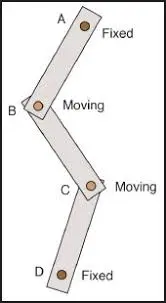
Understanding the pressures that happen around the knee joint is essential for the sports trainer. A biomechanical model of the lower extremities that measures two important forces at the knee joint was proposed by Palmitier et al. The tibia would translate anteriorly under shear force in the posterior direction if not restricted by soft tissue limitations, specifically the anterior cruciate ligament (ACL). The second force is a compressive force that is applied along the tibia’s longitudinal axis. Exercises that include weight-bearing promote joint compression, which improves joint stability. A co-contraction of the hamstrings reduces the shear force.
Exercises with a closed kinetic chain cause a flexion moment at the hip and knee, which causes the hamstrings to contract, stabilizing the hip while the quadriceps stabilize the knee. The total of a force and the distance from the axis of rotation is a moment. It also goes by the name “torque,” and it refers to the turning effect that occurs when a force is applied to a body that is rotating around a fixed point. The propensity of the quadriceps to produce anterior tibial translation is assisted by the contraction of the hamstring muscles. When the resistive force is directed in an axial orientation concerning the tibia.
In the case of weight-bearing activity, contraction of the hamstrings is most effective in lowering the shear stress.
Co-contraction of the knee joint:
Co-contraction is beneficial in stabilizing the knee joint and reducing shear stresses, according to several studies.
A modest anterior flexion of the trunk might further increase the strain on the hamstrings.
The center of gravity is moved anteriorly during trunk flexion, which reduces the knee flexion moment and, therefore, the knee shear force and patellofemoral compression forces. Exercises that use a closed kinetic chain seek to increase hip flexion while decreasing knee flexion. When the resistive force is applied to the sole of the foot, a flexion moment is also produced at the ankle.
A knee extension moment is produced by the soleus, which also stabilizes ankle flexion and helps in reducing anterior shear stress. As a result, by exerting an axial force at the distal segment, the complete lower extremity kinetic chain is activated.
Patellofemoral Joint
In a closed kinetic chain workout, when the knee flexes, the flexion movement increases, leading to increased quadriceps and patellar tendon tension resulting in greater patellofemoral joint reaction forces. However, contact stress is reduced because of the patella’s significantly greater surface area of contact with the femur. Exercises with a closed kinetic chain may be easier for the patellofemoral joint since contact stress is reduced.
Closed kinetic chain exercise for rehabilitation of lower extremity injuries
Athletic trainers now adopt a different rehabilitation ethic thanks to major improvements in surgical methods brought about by technological advancements. Early 1990s studies that propose the widespread usage of closed kinetic chain workouts have been supported by a number of publications. But according to the most current systematic evaluations of the literature, there is no clear agreement on whether closed or open kinetic chain exercises should be the preferred intervention after an ACL tear or repair.
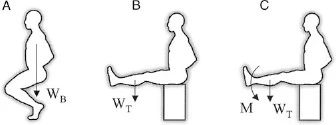
ACL rehabilitation and the treatment of patellofemoral pain syndrome have both been linked to the use of a combination of open and closed kinetic chain exercises. While several recent studies have recommended closed kinetic chain exercises as the most effective for improving knee function following ACL injury, others have disagreed. Additionally, it was suggested that closed-chain exercises can be used safely early in the postoperative period while open-chain exercises should be used later in the rehabilitation process, though the best time to begin open-chain exercises is still unknown because they appear to reduce anterior shear of the ACL, encourage dynamic early joint stability, and stimulate proprioceptors.
Who can benefit from CKC exercise?
The quick response is everyone. Yes, it is equally vital for your programming to incorporate closed kinetic-chain activities in addition to open kinetic-chain workouts. Joint stability will enhance and functional movement patterns will be improved by training with closed kinetic-chain activities.
Therefore, both the general public and sportsmen can benefit from closed kinetic-chain activities.
The chain can go either forward or backward due to the weak link. Any chain link that is out of alignment might have an impact on the joint above or below it. For example, the ankle or the hip may need to change to account for the discrepancy in movement when the knee does not travel through the range of motion properly during walking.
Advantages of CKC over OKC
Closed-chain exercises enable the simultaneous activation of antagonistic muscle groups (such as the quadriceps and hamstrings during leg squats), as opposed to muscle groups working in isolation. This promotes enhanced joint stability and mimics functional movement patterns. Due to the fact that sports-related activities are carried out with the feet in fixed postures, lower-extremity closed kinetic chain exercises have frequently been promoted as a more functional kind of exercise for the rehabilitation program of the lower extremity.
Closed kinetic chain exercises are possibly most suited to the rehabilitation of the ACL due to their biomechanical and functional benefits.
Exercise at CKC has a variety of advantages. One is that it maintains balance, according to the study. In fact, it was discovered that this form of exercise was better than open-chain training for enhancing balance.
When carrying out specific actions on the field or court, athletes must maintain their balance in order to stay upright. When a figure skater lands from a leap, balance is required.
You can also bend to pick anything up off the floor thanks to it. You avoid being hurt while performing these daily tasks if you have a good balance.
Close kinetic chan exercise benefits in UE
- Strengthens and increases the neuromuscular control of the shoulder girdle as well as core
- Muscle recruitment and co-contraction in the early stages of rehab to prevent muscle stiffness
- Enhances and increases dynamic joint stability of UE
- Joint compression and approximation help in enhancing the joint and muscle power and enhance muscular contractions
Close kinetic chain exercise benefits in LE
- The foot must perform as a biomechanical shock absorber, foot stabilizer, acceleration, and deceleration for normal LE function to occur
- The CKC exercise’s co-contraction of the hamstring reduces the tibiofemoral joint’s shear force.
- By extending the femur’s contact surface during CKC workouts, the patellofemoral joint’s compressive force is reduced.
Closed kinetic chain upper body exercises
- Push-ups and their derivatives (including handstands)

- Pull-ups (or chin-ups)

- Supine row and dips
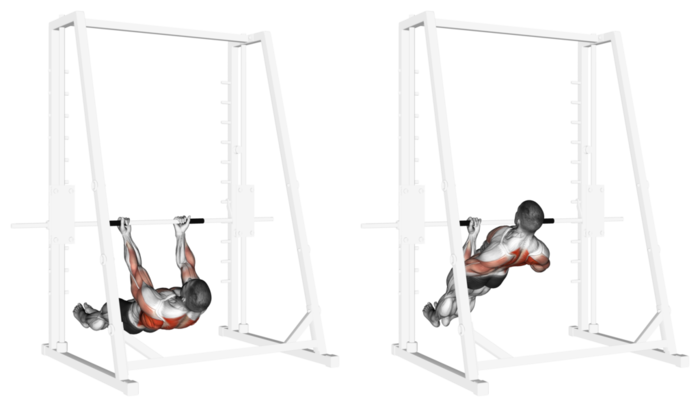
To stabilize in a variety of ratios depending on angle and leverage, concentrate on co-contraction of the triceps, biceps, deltoids, pectorals, lats, abdominals, and lower back.
Closed kinetic chain lower body exercises
- Squats
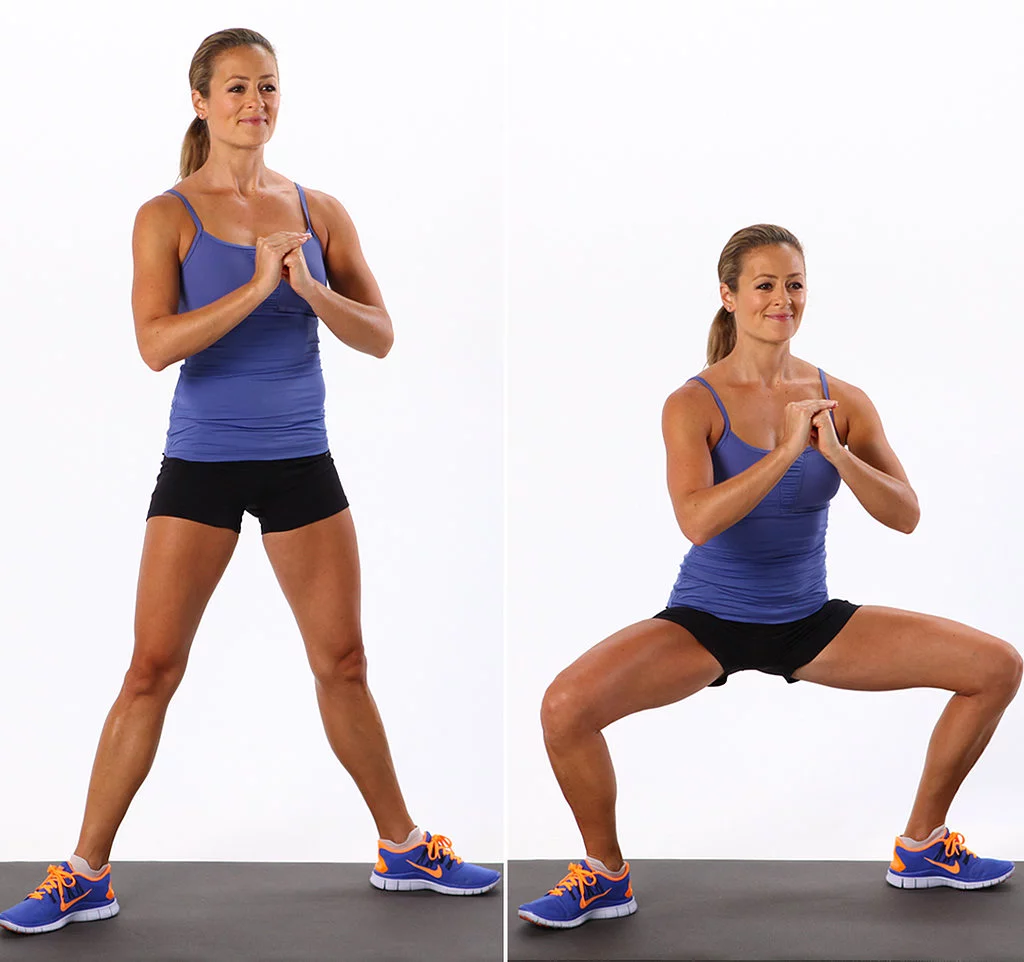
- Deadlifts
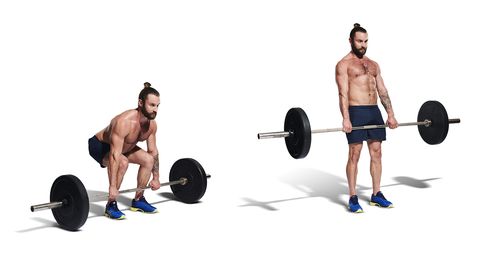
- Lunges

Power cleans focus on the co-contraction of the gastrocnemius, soleus, hamstrings, and quadriceps muscles.
The body moves around the fixed joint in each of the above activities because the distal end of the extremity is fixed.
Disadvantages of CKC exercises
Exercises that use closed chains have several significant disadvantages. The biggest one comes up since you are practically restricted to one little place when doing closed-chain workouts.
Exercises in the “CLOSED” chain make you confined to a single space, as the name implies.
For the majority of individuals, this might not be a concern, but if your main concentration is only on plyometric or particular sport-type training, it might be a serious disadvantage. If you were to maintain these goals while only engaging in closed-chain activities, this is an important disadvantage that may significantly restrict you and your potential.
Because of discomfort, edema, muscular weakness, or restricted range of motion, the regular pattern of movement that takes place during closed kinetic chain activity may not be achievable when there is some dysfunction associated with the injury. Movement compensations are the outcome, which disrupts natural movement and muscle activation.
The joints closest to or farthest from the injury may not show a deficit if only closed kinetic chain exercises are performed. The deficiency might not be corrected without the use of open kinetic chain workouts that isolate particular joint motions, preventing complete recovery. The most suitable open or closed kinetic chain exercise should be used by the therapist in the particular circumstance.
Closed kinetic chain workouts produce multiplanar motion at each of the joints in the kinetic chain by combining isometric, concentric, and eccentric contractions that must take place simultaneously in several muscle groups.
The synchronization of more complicated agonist and antagonist muscle responses is necessary for closed kinetic chain activities.
Summary
This will be the deciding element that will reveal whether closed-chain or open-chain workouts are better for you, depending on your objectives and desires. Closed-chain exercises, as I’ve already indicated, are more famous for powerful exercises like the bench press and squat with a barbell. If your goals are to enhance your strength growth and become as powerful as you can, closed-chain exercises should be just up for you.
FAQ
What is a closed-kinetic chain vs open-kinetic chain exercise?
Exercises using kinetic chains can be classified as either open or closed. In open kinetic chain exercises, the distal aspect, which is mainly the hand or foot, is the segment that is the farthest from the body and is not attached to anything. It is fixed or stationary in a closed-chain exercise.
What are closed kinetic chain exercises good for?
Closed-chain exercises allow the simultaneous activation of antagonistic muscle groups (such as the quadriceps and hamstrings during leg squats), as opposed to muscle groups working in isolation. This promotes enhanced joint stability and imitation of functional movement patterns.
What is an example of closed chain movement?
These closed-chain workouts include the body moving while the limbs remain mostly motionless, in contrast to open-chain exercises. Squatting is a closed-chain workout because your feet stay on the ground and your quadriceps perform all the work.
Why are closed-chain exercises better for the knee?
Exercises that include a closed chain frequently emphasize joint compression, which helps stabilize joints like your knee during the upright stance portion of squats. When performing exercises with an open chain, there is frequently more shearing force applied parallel to the joint; during a leg extension, for instance, there are never any compression forces applied to the knee.
What are the limitations of closed kinetic chain exercises?
Because of discomfort, edema, muscular weakness, or restricted range of motion, the regular pattern of movement that takes place during closed kinetic chain activity may not be achievable when there is some dysfunction associated with the injury. As a result, movement compensations occur, interfering with natural movement and muscle function.
Are step-ups open or closed chains?
The step-ups are closed kinetic chain exercises. It helps in the utilization of knee rehabilitation protocol.

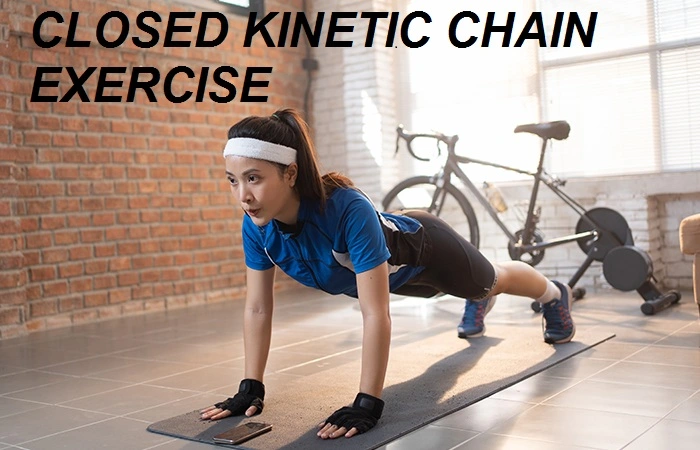
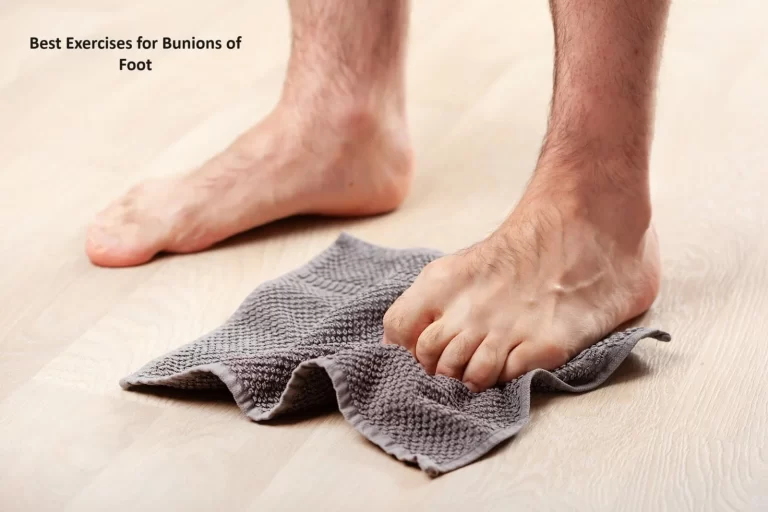

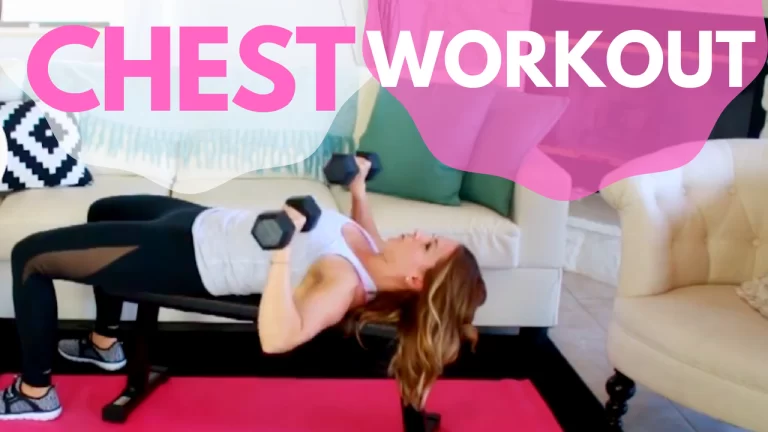
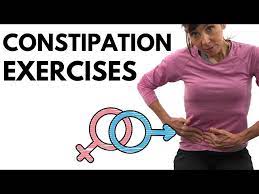

One Comment